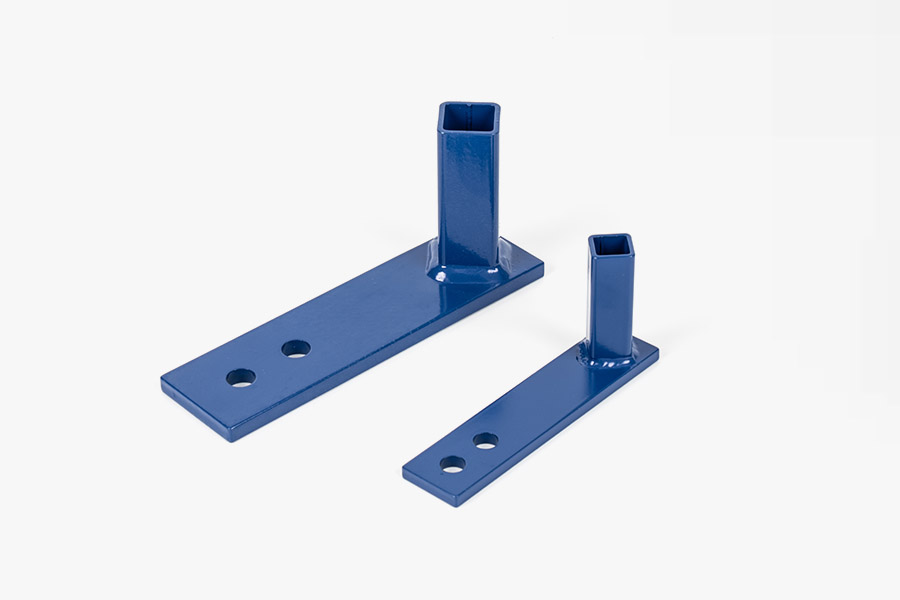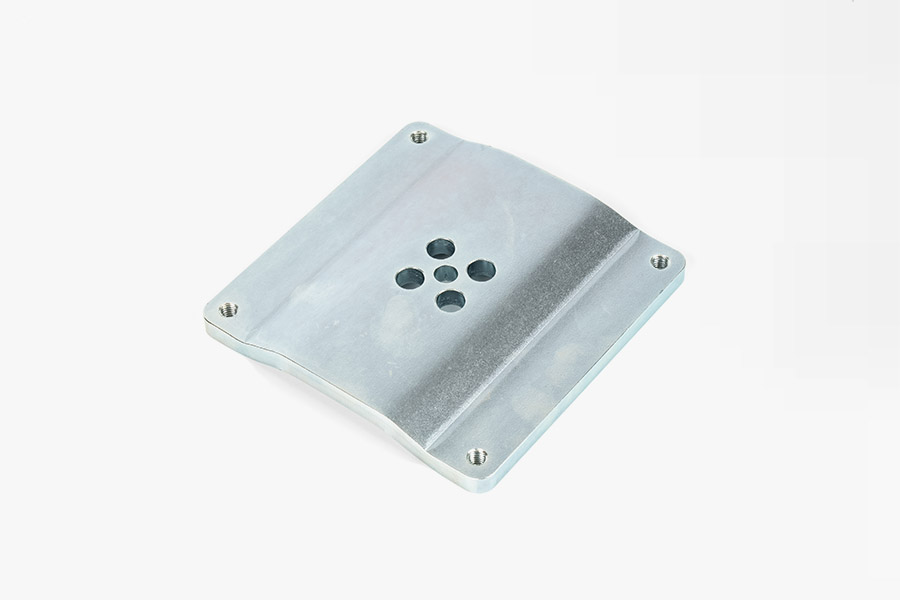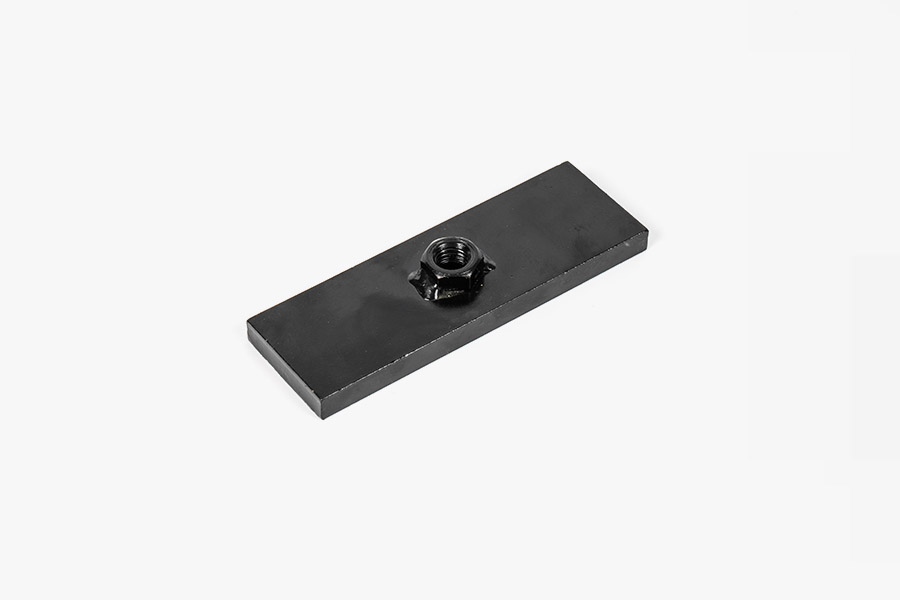What is the role of stamping metal parts pretreatment process?
 2025.05.16
2025.05.16
 Industry News
Industry News
In the metal processing industry, the pretreatment process is a key link to ensure product quality and production efficiency. Its core goal is to remove various pollutants on the surface of metal sheets to ensure the smooth progress of subsequent processing. During the storage, transportation and processing of metal sheets, pollutants such as oil, rust, oxide scale and dust are often attached to the surface. These pollutants will not only significantly affect the fit between the metal sheet and the mold, but may also cause defects such as burrs and cracks in the stamping parts, further accelerate the wear of the mold and shorten the service life of the mold.
Take oil pollution as an example. Its presence will increase the friction between the metal sheet and the mold, causing scratches on the surface of the stamping parts; while rust and oxide scale may fall off during the stamping process and mix into the product, affecting its mechanical properties and corrosion resistance. By implementing the steps of degreasing and rust removal in the pretreatment process, these pollutants can be effectively removed, ensuring the cleanliness of the metal sheet surface, and laying a solid foundation for the subsequent stamping process.
In addition, the pretreatment process can also significantly improve the surface roughness of the metal sheet. Surface roughness is one of the important factors affecting the stamping performance of metal sheets. Moderate surface roughness can not only enhance the friction between the metal sheet and the die, improve the fit during the stamping process, but also effectively reduce the rebound and deformation of the stamped parts. At the same time, surface roughness also directly affects the surface quality and coating effect of the stamped parts. In the field of automobile manufacturing, some stamped parts with extremely high requirements for precision and surface quality, such as body panels, usually need to be processed by sandblasting and other means to make the surface of the metal sheet reach the ideal roughness, thereby improving the adhesion and corrosion resistance of the coating layer.
The pretreatment process can also adjust the surface properties of the metal sheet by heat treatment, chemical treatment and other means. The surface properties of the metal sheet, such as hardness, toughness and corrosion resistance, directly affect the processing performance and service life of the stamped parts. Taking high-strength steel and stainless steel sheets as an example, heat treatment can reduce their hardness and improve their toughness, thereby reducing the risk of cracking during the stamping process; while chemical treatment can form a protective film on the surface of the metal sheet, improve its corrosion resistance, and extend the service life of the stamped parts.
Finally, the pretreatment process is also crucial to improving the production efficiency of stamped parts. During the metal stamping process, if there are pollutants on the surface of the metal sheet or the surface performance is poor, it often leads to problems such as material jamming and mold damage, thereby reducing production efficiency. By implementing an effective pretreatment process to ensure the cleanliness and excellent surface performance of the metal sheet, it can significantly reduce failures and downtime during the stamping process, thereby improving overall production efficiency. At the same time, the pretreatment process also supports batch processing of metal sheets, further promoting the improvement of production efficiency.

 Eng
Eng  中文简体
中文简体









